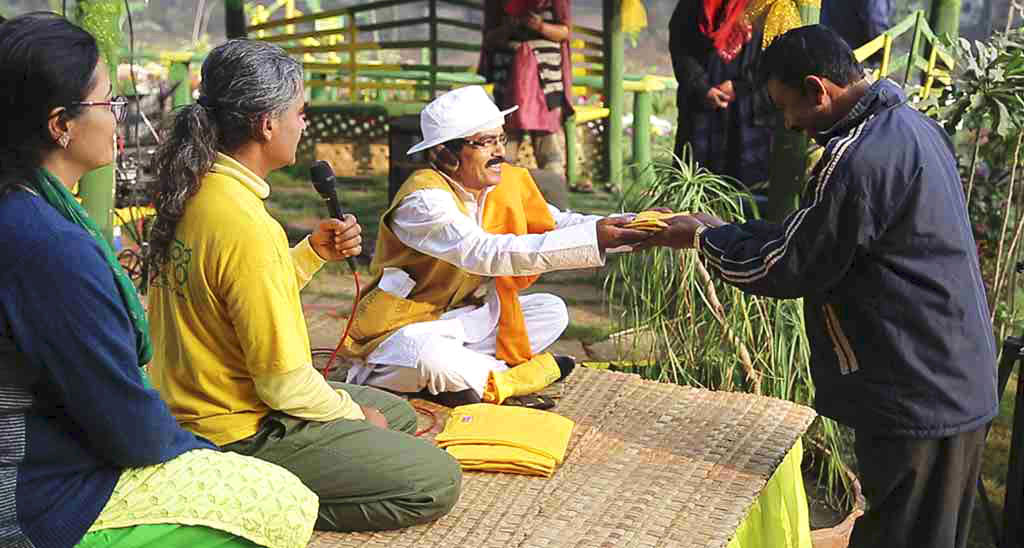
Someone once said, "On one hand there’s Swarth Seva, while on the other, there’s Niswarth Seva." Given a deeper thought, that which involves self interest, is that really seva?
Today’s session started with the question: What does Seva mean?
The 8 steps of Ashtanga Yoga are
Yam
Niyam
Aasan
Pranayam
Pratyahar
Dharna
Dhyan
Samadhi.
Mahacharya ji says that the 9th step is Seva.
The entire world is divided into two halves: Self and Non-self.
'Self' consists of all that is us, an entity that is in our control. 'Non-self' is the domain that’s beyond our control.
The OmniDELTM Orientation and Closing Routine in KarmYog trains the learners to connect with the 'self'. Only when one is able to be one with the 'self', one can control all that’s there in the 'Non-self' domain.
"Seva is when I’m not thinking about the Self and doing something for the Non-self. To do something for what is not in our control with the help of those which are in our control is Seva."
Mahacharya ji concludes by saying that seva cannot be categorized into niswarth and swarth. That which involves swarth or self interest can never be seva. It is only when we are able to do something for someone’s long-term happiness; it can be called as Seva.



Post Reply